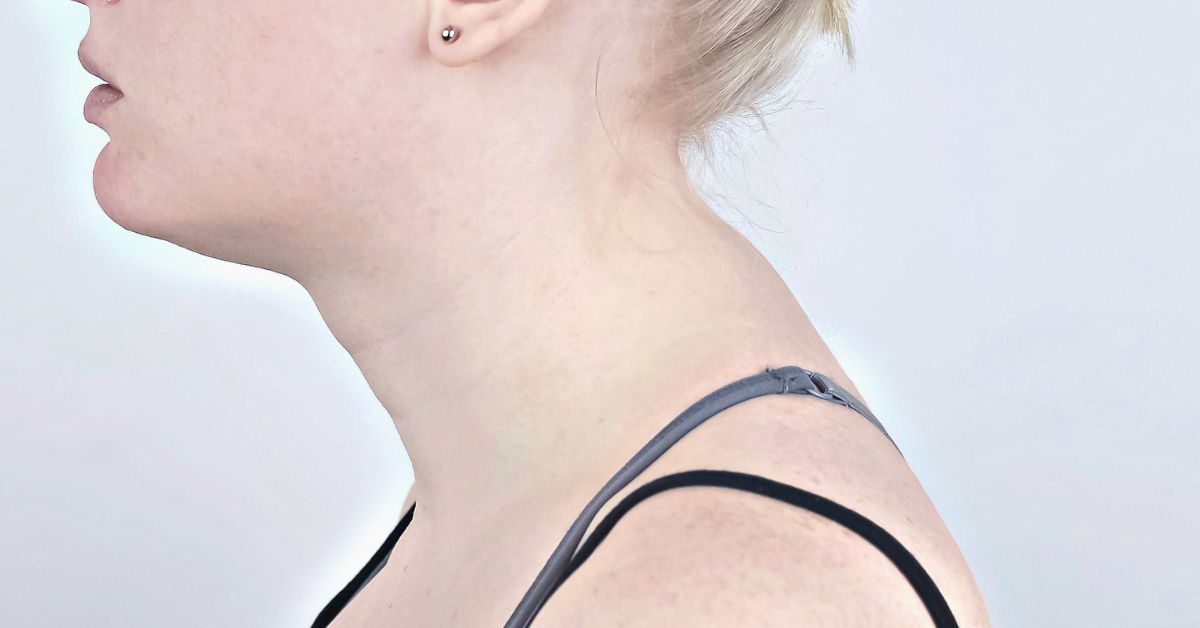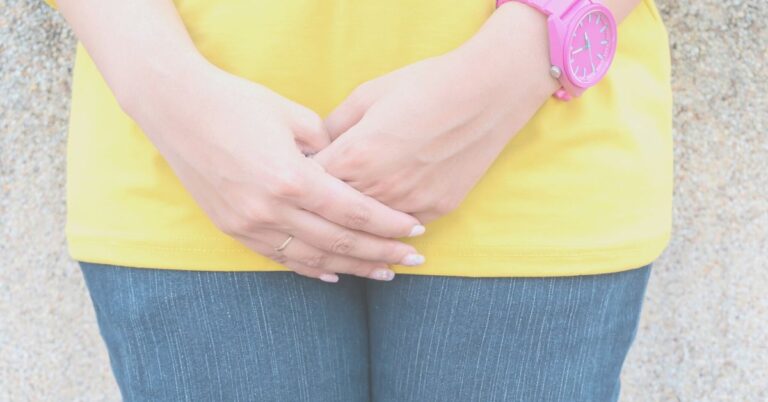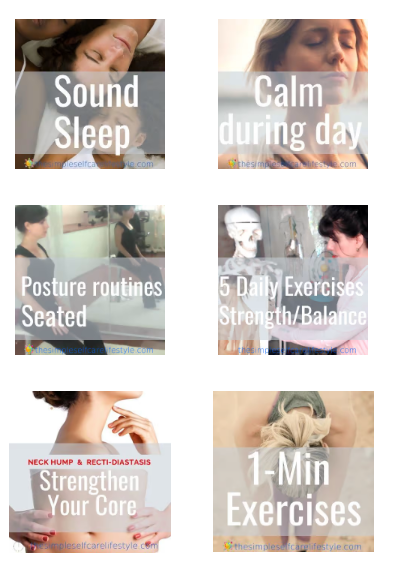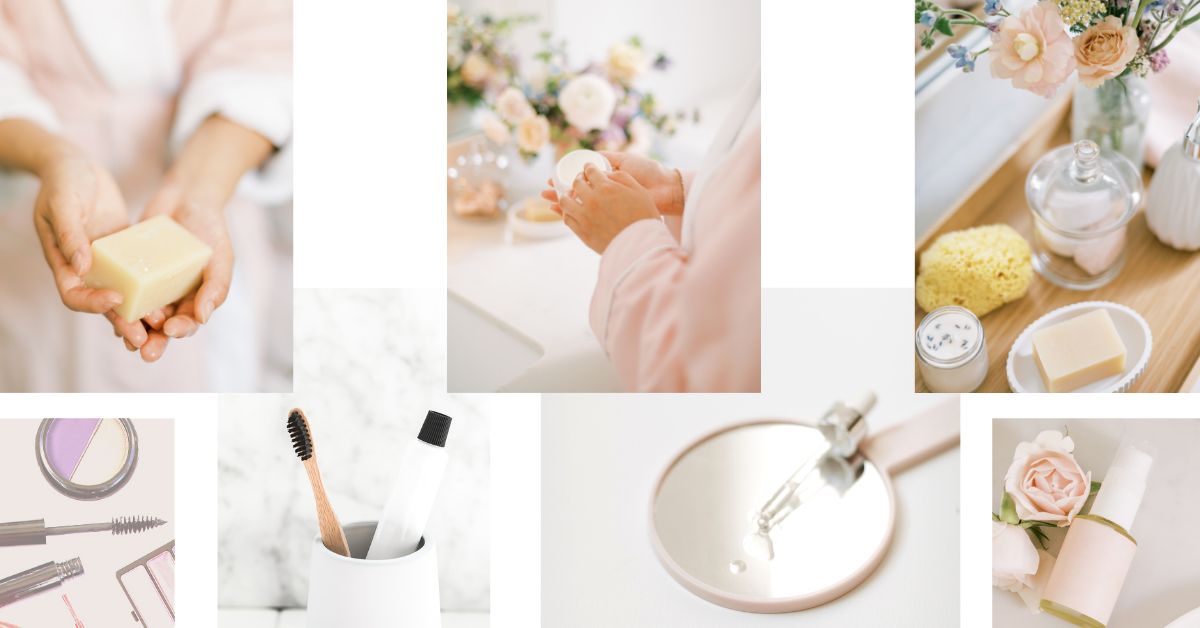Neck Hump? Train today’s muscle first.
This is post 2 on How to FIX a Neck, Dowager’s, Buffalo Hump: 🔗 Post 1
Neck Hump? Shoulders ache? Upper/Lower Back pain?

Train this Muscle FIRST.
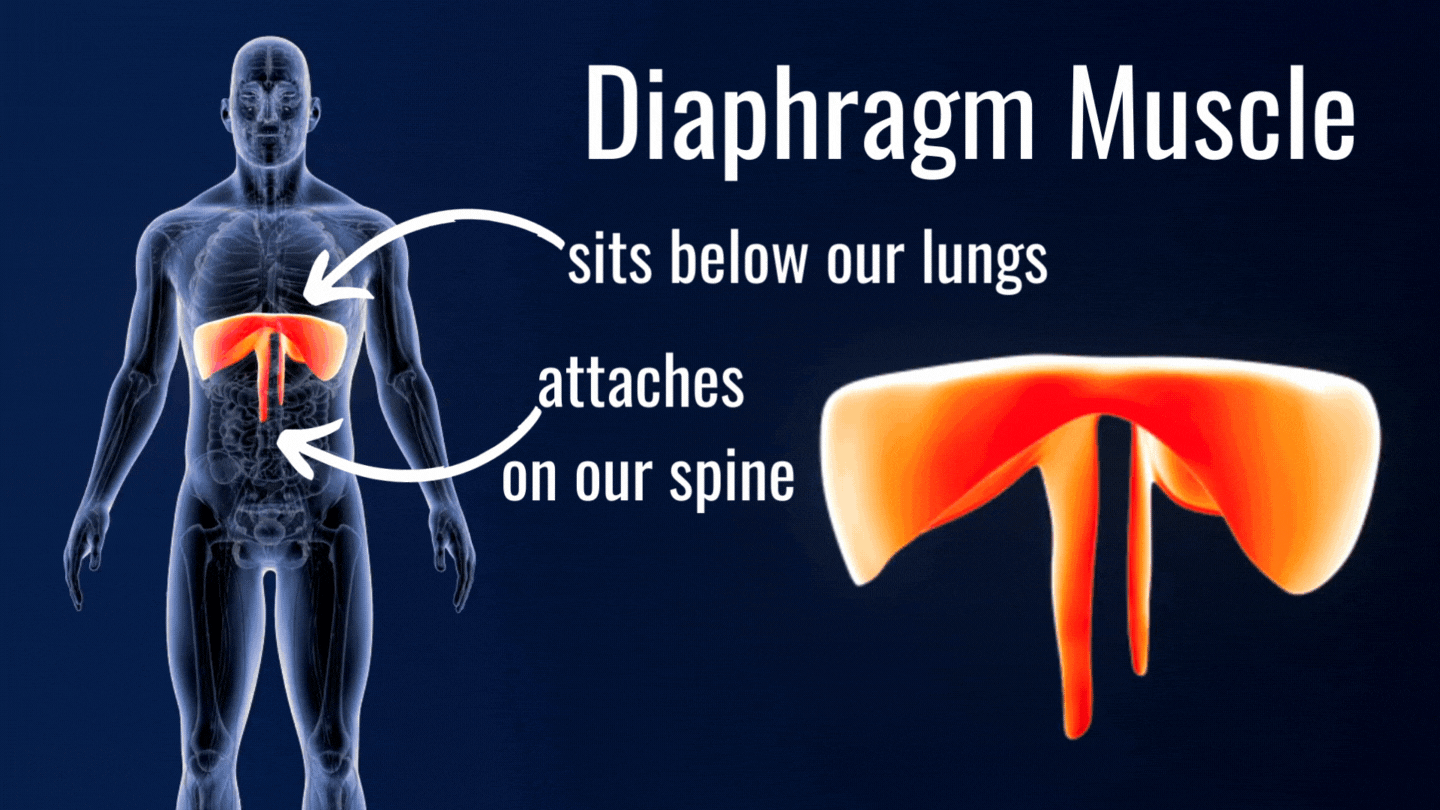
Why Train The Diaphragm First?
A neck hump, chronic shoulder, neck, upper & lower back aches, joint pains, incontinence, and ED are all signs the diaphragm muscle needs strengthening.
As with everything on The Simple Self Care Lifestyle, knowing HOW the body is set up to work means we can use the knowledge to leverage and layer our Micro Decisions to get results.
We will get long-lasting Neck Hump relief when we FIRST strengthen the diaphragm. This is because the diaphragm muscle is the spine’s number 1 stabilizer.
After we strengthen the diaphragm, every other muscle group that we use to layer on exercises for the Neck Hump will be easier for us to do, more efficient, and way more effective, plus results for all of them will be exponential.
Fixing a Neck Hump Has Exponential Benefits!
Unwinding a neck hump is a big player when it comes to achieving our 1 GOAL of Optimizing Our Body. Training our diaphragm FIRST gives us an advantage when it comes to fixing a Neck Hump!
Muscle Skeletal Imbalance
A Neck Hump is an indication that the Muscle – Skeletal System is out of balance.

Core Concept 1 all Our Body Systems are interconnected and DEPENDENT on each other means this imbalance is impacting our body system-wide.
This is Important
☼ When the Muscle-Skeletal System is out of balance, as with a neck hump, it impacts all our other body systems.
There is much more to gain by unwinding a neck hump than what meets the eye.
Exercises Do Work for a Neck Hump IF
The neck region of the Spine, where the hump is, is better able to reposition and stay repositioned with the right exercises IF
- the muscle that the spine is MOST dependent on is strong- the diaphragm
- and the root causes are decreased or eliminated.
Let’s look at the Diaphragm muscle and how to train it.
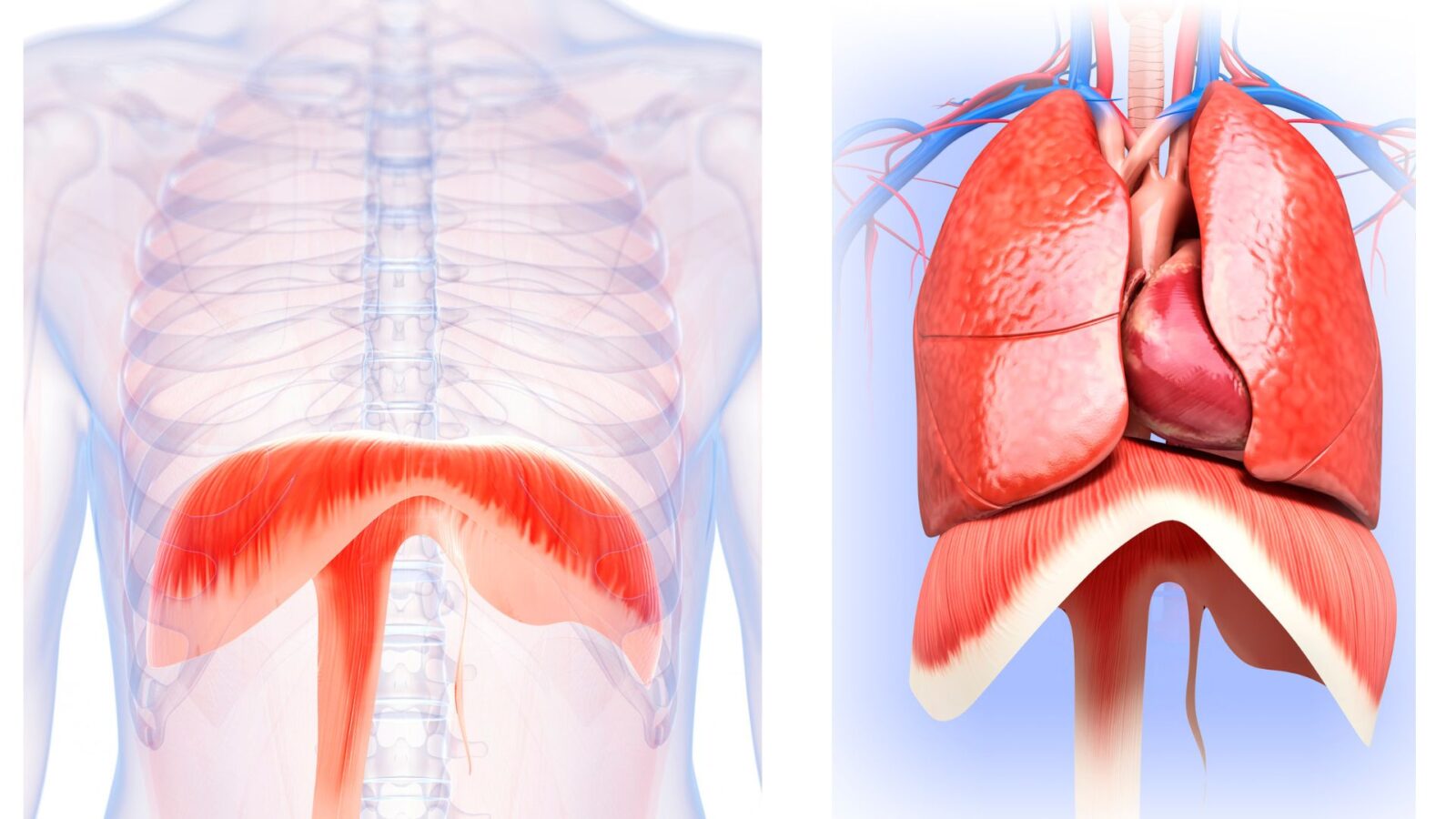
Number 1 Spine Stabilizing Muscle
The diaphragm is well-known as a respiratory muscle, but it is also the NUMBER 1 Spine Stabilizer!
Over time, as the diaphragm weakens, it stresses other parts of the spine, destabilizing it and causing aches, pains, and skeletal muscle adaptations like a Neck Hump.
How Is a Neck Hump Related to a Weak Diaphragm?
As our diaphragm gets weaker, our breathing becomes shallower.
Shallower breathing promotes multiple physiological cascades in our body like:
- anxiety, lower mood,
- increased stress hormones, and
- weakening pelvic floor muscles, to name just a few.
All of which can be contributing factors to poor posture.
We have less oxygen, we feel more tired, and smaller and smaller inconveniences feel like major stressors.
Our body senses an increased stress level; muscles begin to chronically contract and then stay contracted longer and longer.
Over time chronically tight muscles create postural adaptations and inflammation that lead to a change of posture.
The altered posture from a weaker diaphragm slowly creates chronic aches, pains, and a more prominent neck hump.
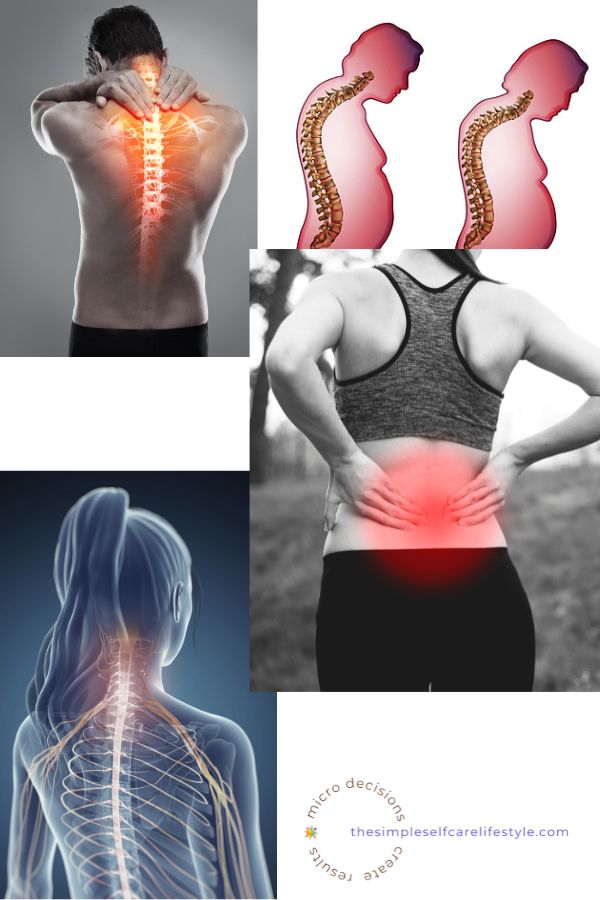
Fixing a Neck Hump: The only way postural exercises will bring long-lasting results so we can unwind our neck hump is to start with strengthening our diaphragm muscle FIRST.
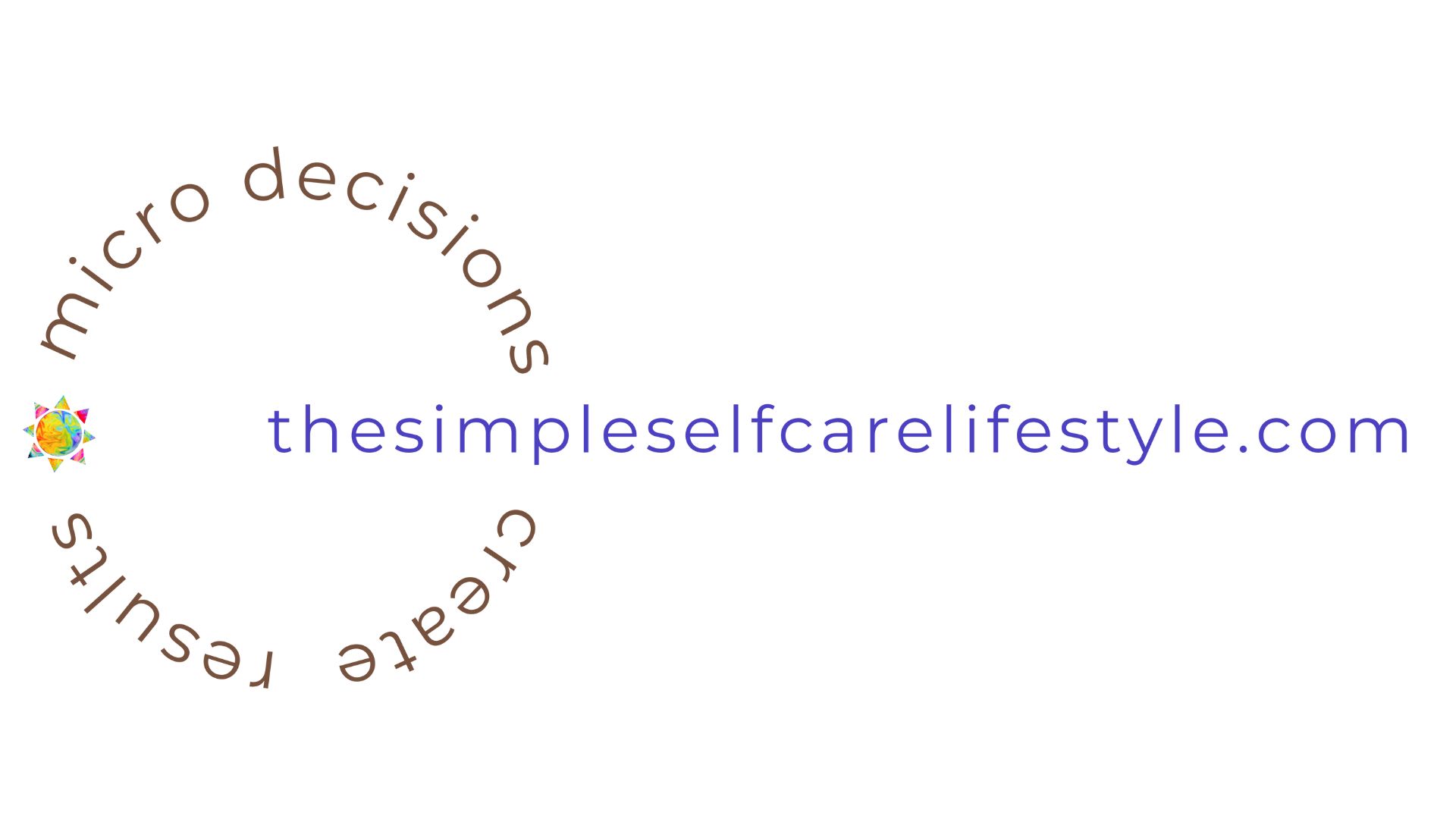
The Diaphragm Muscle
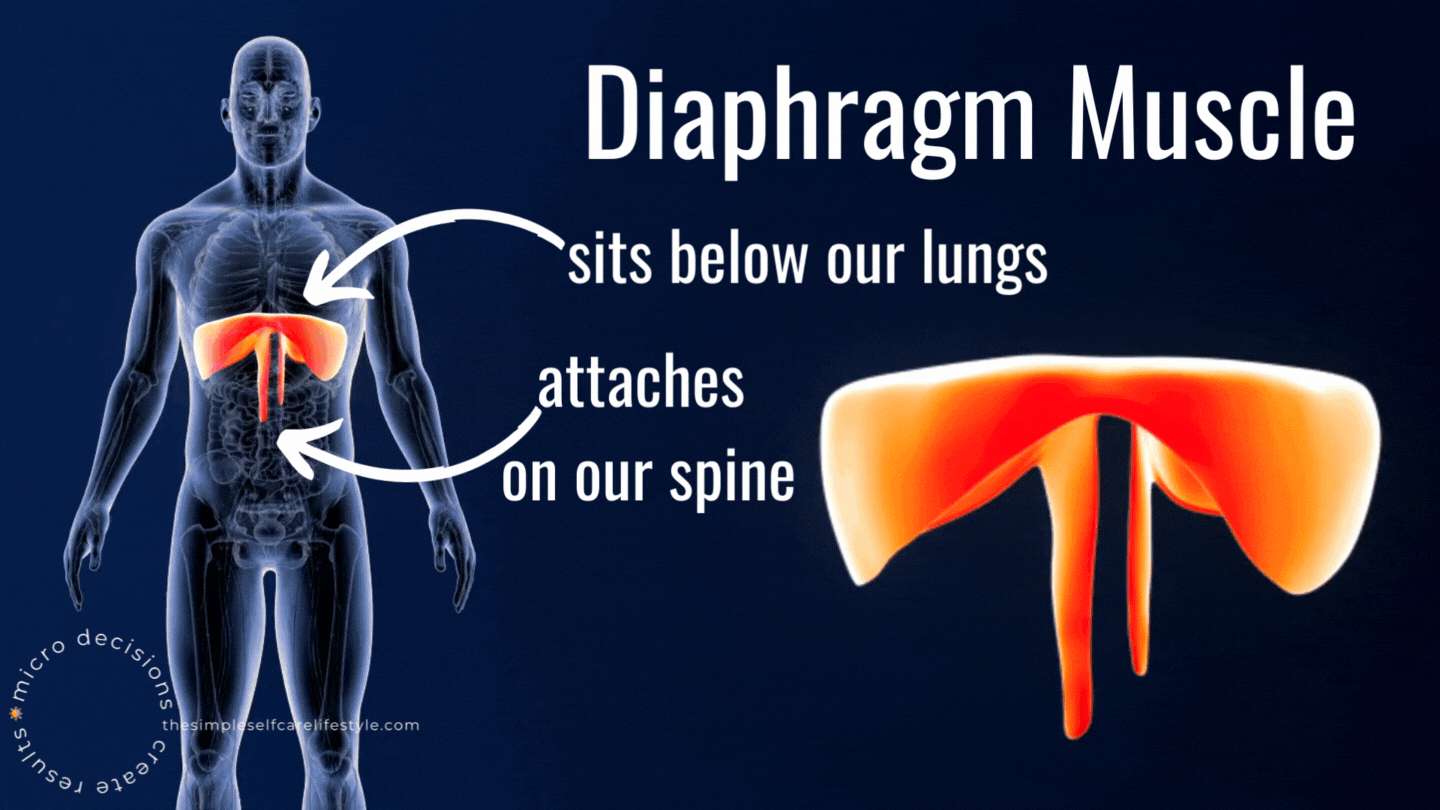
Above is the amazing diaphragm muscle and its location.
“It is concluded that the diaphragm consists of two muscles that act differently on the rib cage” (1)(italics added)
It is concluded that the diaphragm consists of two muscles that act differently on the rib cage
(1)
The Diaphragm Sits under your lungs.

- The Diaphragm sits under your Lungs
- Attaches to the front of your ribcage
- As well as the sides of your two bottom ribs
- The illustration below shows that it also attaches to three of your lower spine vertebrae via a central tendon.
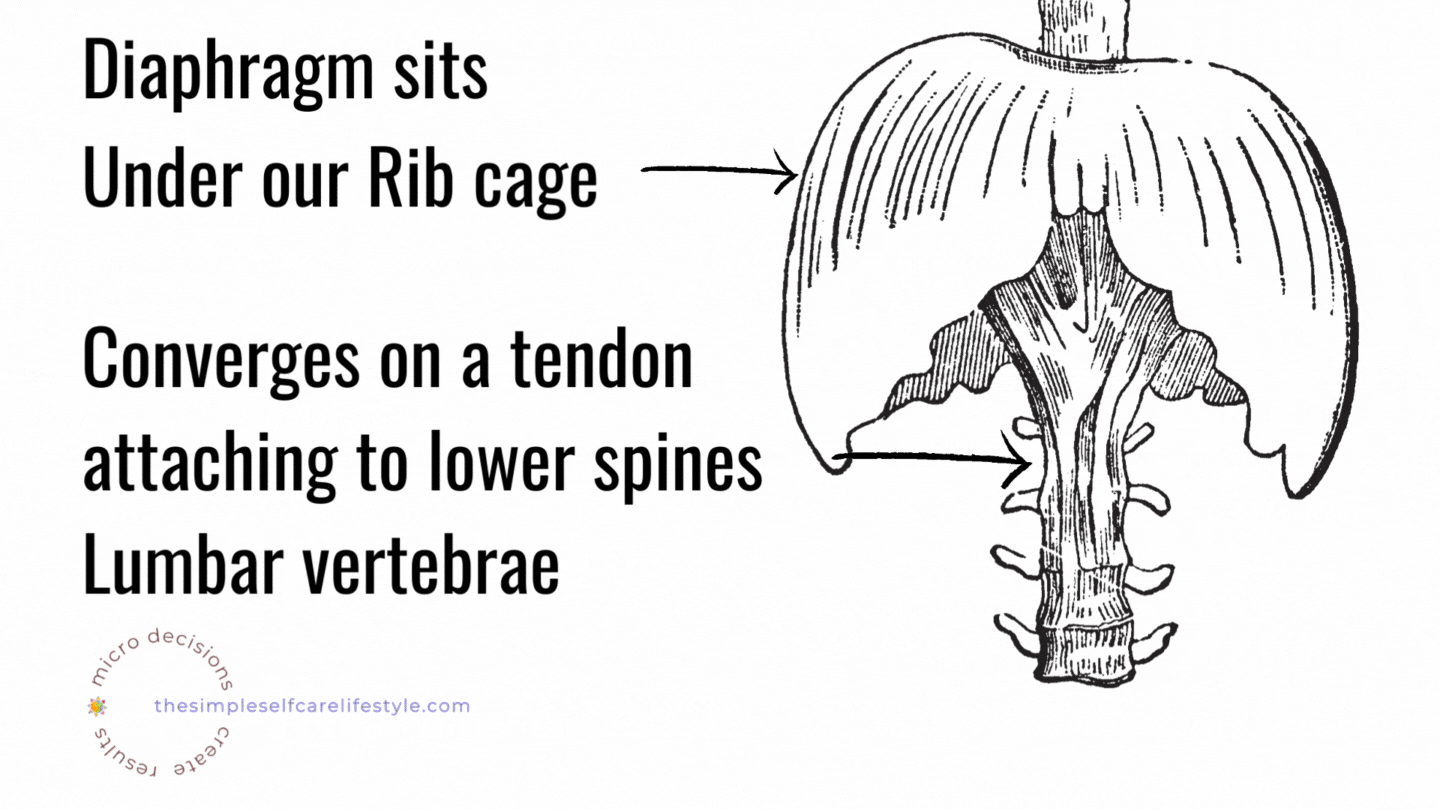
Neck Hump, Aches & Pains From A Weak Diaphragm
Seeing how the diaphragm is positioned sometimes helps make it easier to envision how aches and pains can arise in our upper, middle, and low back regions.
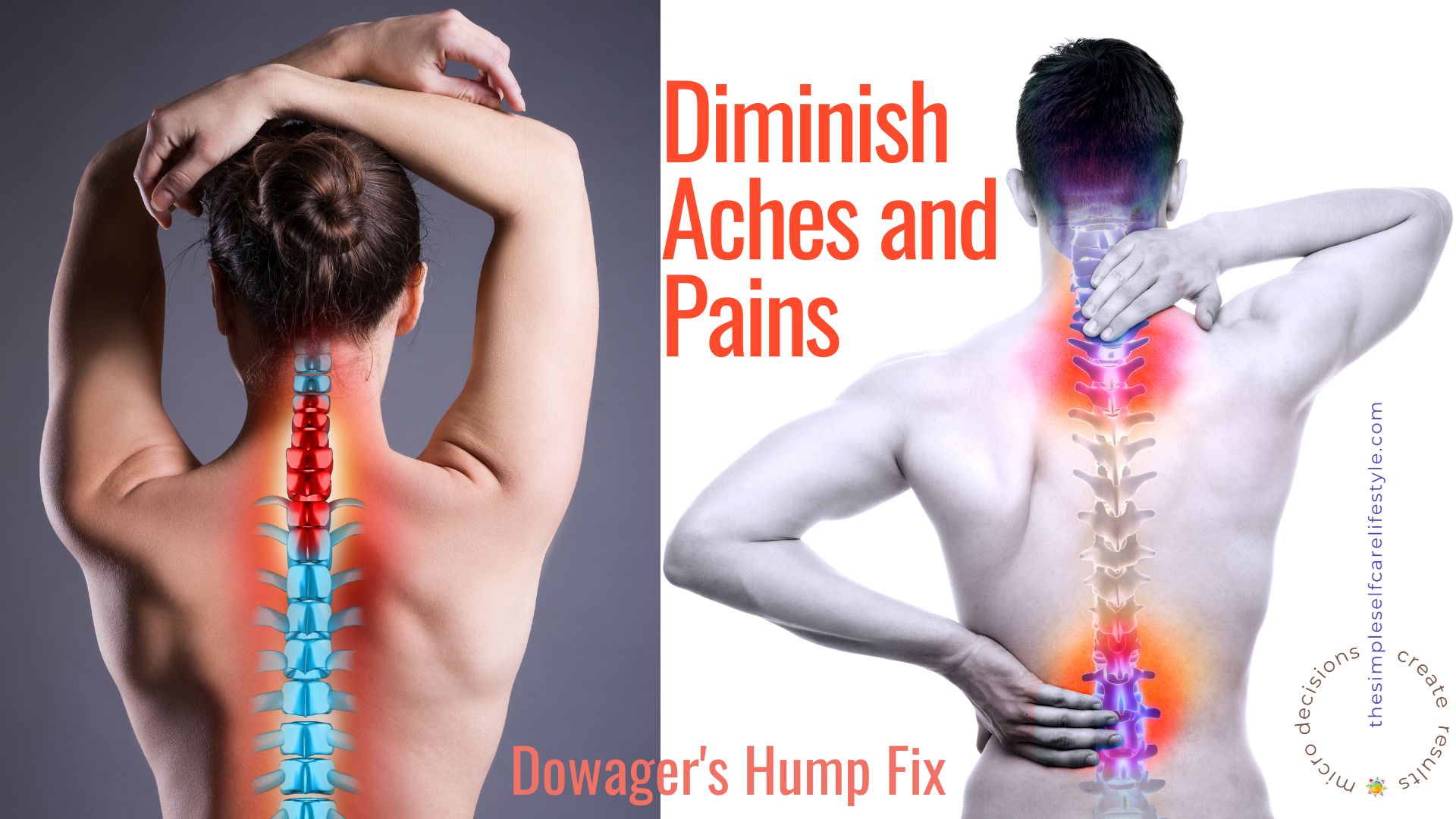
Training the Diaphragm Muscle Can Help Aches & Pains All Up & Down the Spine.
Many people experience aches and pains in the neck and lumbar areas of the spine.
Research concludes that training the diaphragm muscle results in the relief of most spine discomforts. (2)(3)(4)(bold added) AND SO MUCH MORE like- Helping to Fix a Neck Hump!
The research concludes that training the diaphragm muscle results in the relief of most spine discomforts… AND SO MUCH MORE, like fixing a neck hump!
(2)(3)(4)(bold added and so much more… added to..)
The Diaphragm Muscle isn’t just for Breathing. It Impacts Our Posture Too!
The functions of the diaphragm do not stop locally in its anatomy but affect the whole body system.
(5)(italics and underline added)

We are mostly aware of the diaphragm’s job as a prime respiratory system regulator.
This respiratory muscle is on auto- we do not need to think about it for it to work. It continually contracts. This enables us to breathe in a stable, rhythmic way. It does KEY off our nervous system. Here is how our neck hump gets entangled.
The rhythm keys off our nervous system.
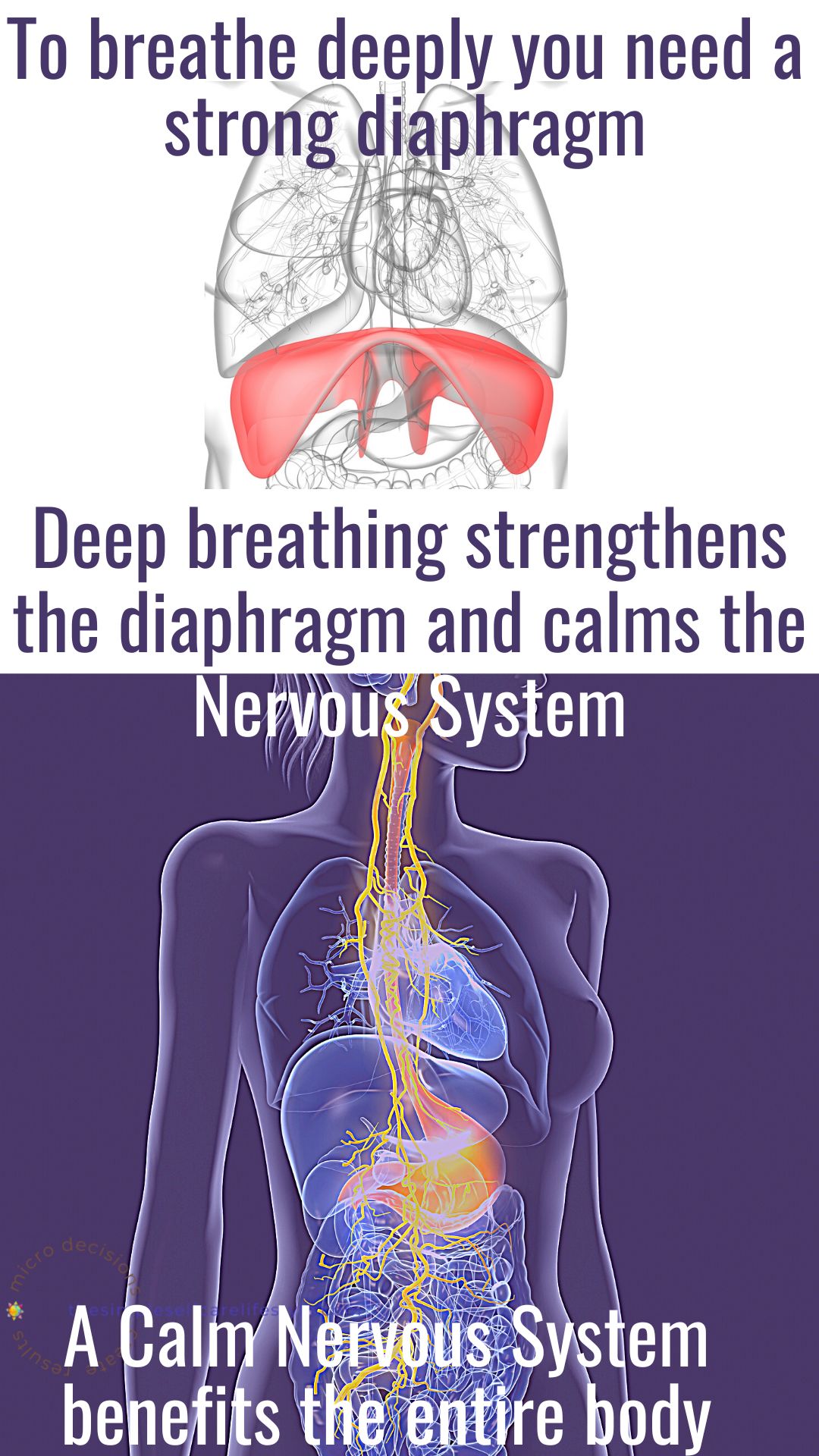
Why Is All This Important to a Neck Hump?
Our Diaphragm influences our nervous system. AND our Nervous system influences our diaphragm. Both are connected to our posture.
How can that be?
Core Concept 1 again. Our Body is made up of Systems. The Systems are all interconnected and DEPENDENT on each other. If this is your first visit there is 1 Goal, 1 FOCUS and Micro Decisions that are the foundation of everything on The Simple Self Care Lifestyle! Being aware of the 1 Goal, 1 FOCUS and Micro Decisions add up to achieving the results we want. Including fixing Neck Humps.
THe simple self care lifestyle
Simplify
Quick Re-Cap & On to The Muscles
Our nervous system influences our diaphragm and vice versa.
When we strengthen our diaphragm, we calm our nervous system.
When our nervous system is calm, we improve how multiple body systems function, including our muscle-skeletal balance.
A strong diaphragm (or weak one) influences the nerve that runs from our brain all the way down our spine (shown below).
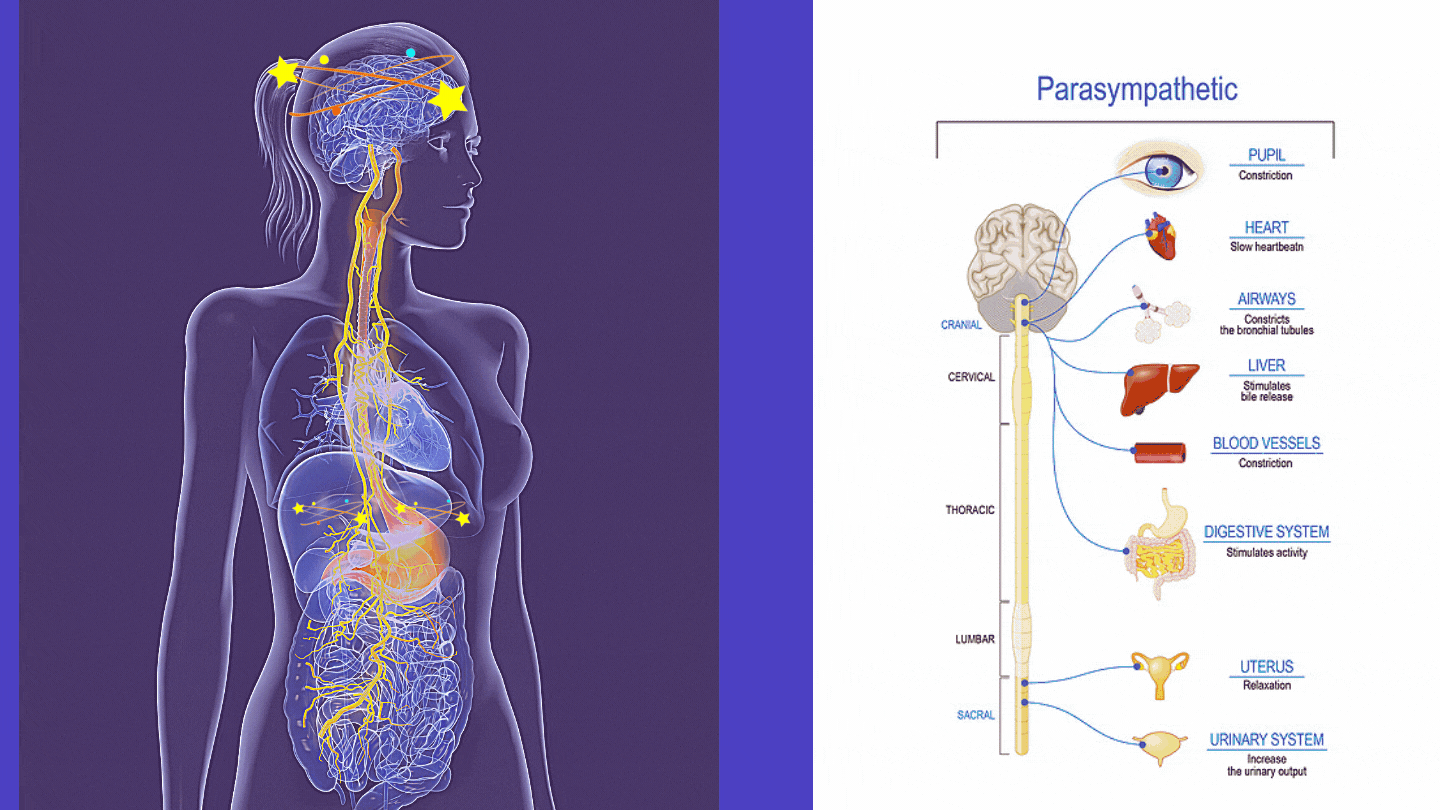
A strong diaphragm has a calming effect on this nerve. This calming effect is beneficial to all the organs that make up our systems; that create our body. Including our muscle-skeletal system.
Reduced Muscle Tension Helps Set The Stage For Results
When our Muscle Skeletal System is informed by our Nervous System that the world is okay, the excess muscle tension in the big and small muscles that act on the spine reduces.
Once muscles reduce their tension, they can move into and stay in a relaxed posture more easily.
This helps set the stage for the spinal exercises we layer on next to effectively rebalance the multiple layers of muscles that are responsible for our neck’s position.

A few everyday instances of the bodily functions that improve when the diaphragm is strengthened and the muscles have the opportunity to rebalance include but are not limited to:
- improved posture (unwinding of a neck hump)
- decreased joint pain
- eliminating tingling and numbness in shoulders, arms, and hands from compression
- frequency and urge to urinate diminish
- bowel movements improve
- lymphatic movement is more effective
- ED
- ability to lift heavy objects safely
- asthma, COPD improve
- mood improves
- anxiety decreases
- sleep is sounder
- focus is easier
- endurance increases
- lower blood pressure
- heart rate optimized
- stronger lungs
- delivering a baby is muscularly easier…
The improvements are a result of your Nervous System’s benefit that it receives from deeper respiration.
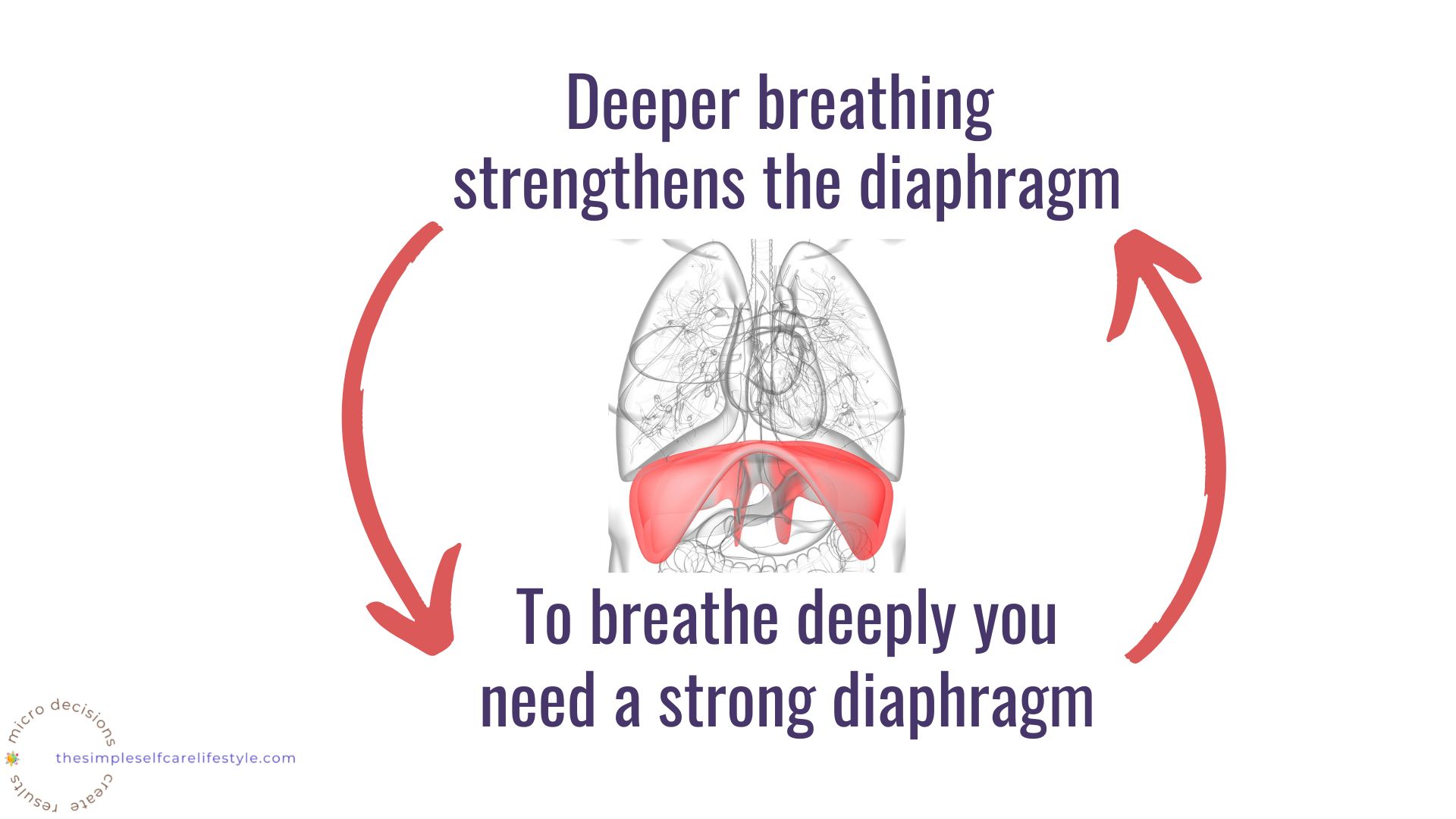
“To have a strong diaphragm, you must breathe deeply.
To breathe deeply, you must have a strong diaphragm.”
A stronger diaphragm is the result of deeper respiration. An excellent place to start improving your breathing is a technique called 4-7-8 breathing or measured breathing. Other popular deep breathing techniques you may have heard of are:
- Box breathing,
- Resonant, or Coherent breathing.
It only takes a minute for the Nervous System to receive the positive feedback from Deep Breathing.
The biggest hurdle for most is believing something so simple can have such huge impact. I was one of those. It took me close to a decade to fully understand the power and the impact it has on every facet of our life- including our Neck Humps. To help bolster your confidence, below is a video that might be helpful.
Navy Seals Use Breathing
Navy Seals use it in training for the impact deep; slow breathing can have on calming the nervous system in high-stress situations. The spot in the video referring to Navy Seals using Measured breathing is 07:14
Done Correctly The Diaphragm Trains Simultaneously
Slow Measured breathing technique strengthens the diaphragm. It is SIMPLE once you find the muscles to maximize your efforts and practice. This animation is 60 sec of the breathing technique we will use.
After the animation, we will move on to:
- some subscribers’ results and
- how to use your muscles in a way; while you exhale; to activate your diaphragm muscle.
It, too, is SIMPLE but often not easy in the beginning.
Sample 60 Guided Breathing
Link to Other’s Results of Using the Breathing
More and more subscribers share their results which is WONDERFUL! To avoid it taking over the post, I’ve dedicated a page and linked it for you. Results some subscribers have shared.
Results: Using the breathing technique to strengthen their diaphragm and adding the:
- 90-days of the 4-7-8 technique as they fall asleep and the
- 1 min 3 min CALM during the day videos resulted in better sleep, mood, improved continence, cravings, BP, and reduction of aches and pains are just some of the results some subscribers have shared.
Let’s Find The Muscles to Use That Will Engage The Diaphragm During 4-7-8 Breathing
Beginning with the 4-7-8 technique to strengthen your diaphragm sets you up to reap amazing results.
How to Use Your Muscles for Measured Breathing & At The SAME Time Train Your Diaphragm
We are ready to start finding the muscles that will take your measured breathing technique and turn it into a diaphragm training technique at the SAME time!
First, I’ll walk you through how to find the muscle that’ll help you strengthen your diaphragm muscle. As we go along, try the technique at each step.
Then so you can practice- I’ve embedded a 2 1/2-minute routine for you (it is done in a chair) that you can use daily to train your diaphragm muscle!
Everything on The Simple Self Care Lifestyle is geared toward making the information I share ACTIONABLE so you can use the information in your everyday life. Instead of a bunch of ‘informational’ posts on a site, I aim to provide you with the information AND the Tools (videos, tracking sheets, products..) to implement the information that appeals to you.
Let’s get started with locating the muscles we want to use to strengthen our diaphragm.
Training-Diaphragm Breathing Technique: E for E
We are going to go through the E for E diaphragm training breathing technique that strengthens the diaphragm with EACH breath. For more detail on HOW it works, you can visit the E for E post.
E for E Breathing Technique
E for E will set your body up to improve and even eliminate Incontinence, ED, Backaches & Pain. We cover How, When, and Why to do E for E. Plus, wrap up links and &resources for you.
Feel, Look, and LIVE better!
If you are pregnant, this post is the one to check out.
Now, Let’s Practice.
I’ve created two pictures.
1. of how we typically use the diaphragm when we Exhale during exercise (or when we lift objects).
2. how we want to use our diaphragm to strengthen it.
HOW to Train the Diaphragm Muscle FIRST
At 02:19 I walk through how we typically use our diaphragm and how we want to use it. Plus we practice finding the muscle that helps us strengthen our diaphragm…
We Typically Do This.
When we exert effort and exhale deeply, we tend to pitch our upper body slightly forward.
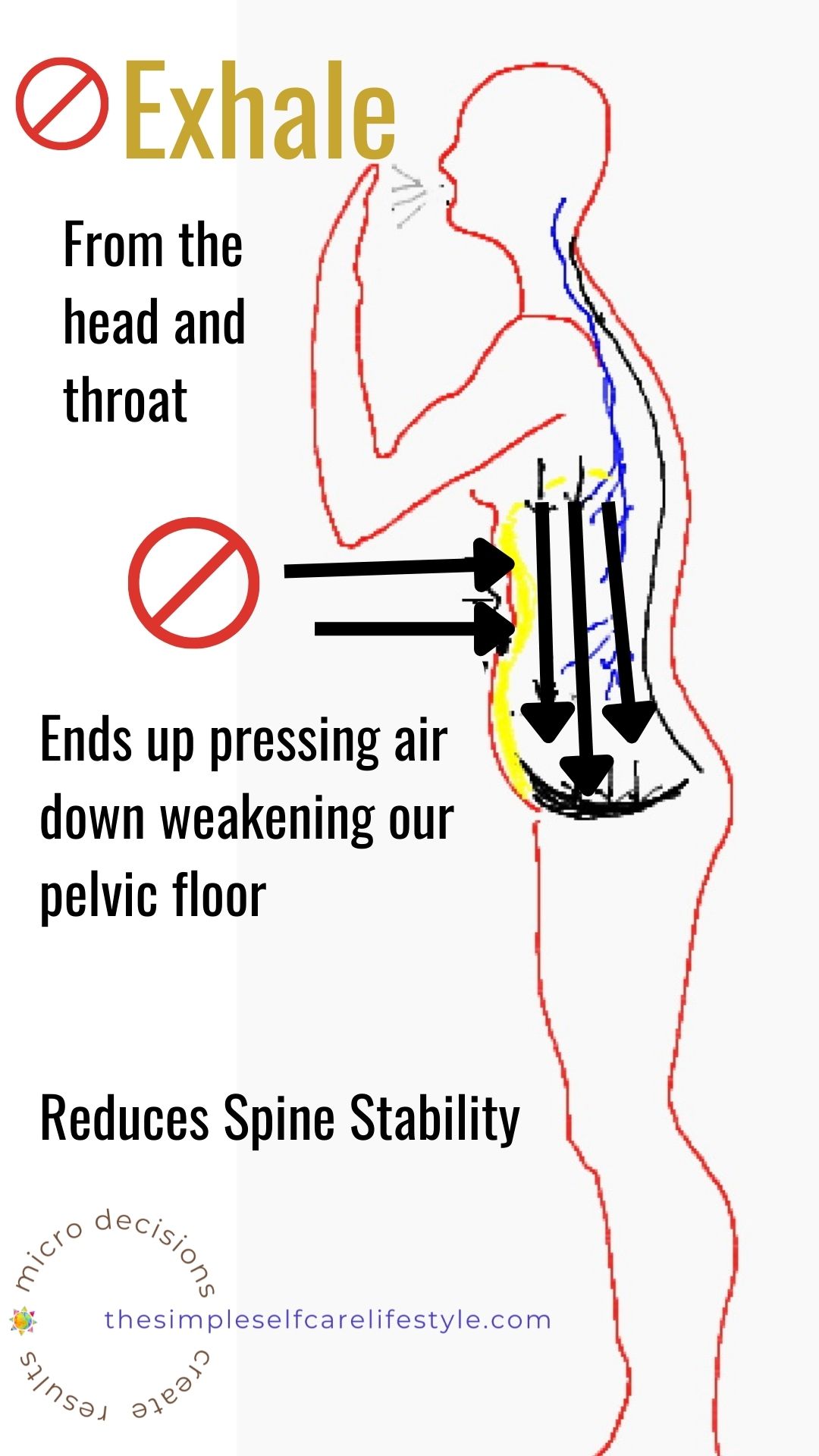
TYPICALLY We:
Contract most of our upper and middle stomach muscles, pushing the air out.
The sound of the air coming out is more of a blowing.
The arrows show that we create a downward pressure inside the abdomen when we exhale this way.
This downward pressure pushes on the pelvic floor muscles.
The more the pelvic floor muscles are pressed downward, the more the abdominal cavity loses spine stability.
A weak diaphragm and pelvic floor muscles contribute to a posture promoting a neck hump.
Below is how we want to EXHALE while exercising or exerting effort to Train our Diaphragm Muscle.
Optimally, We Would Like To Do This
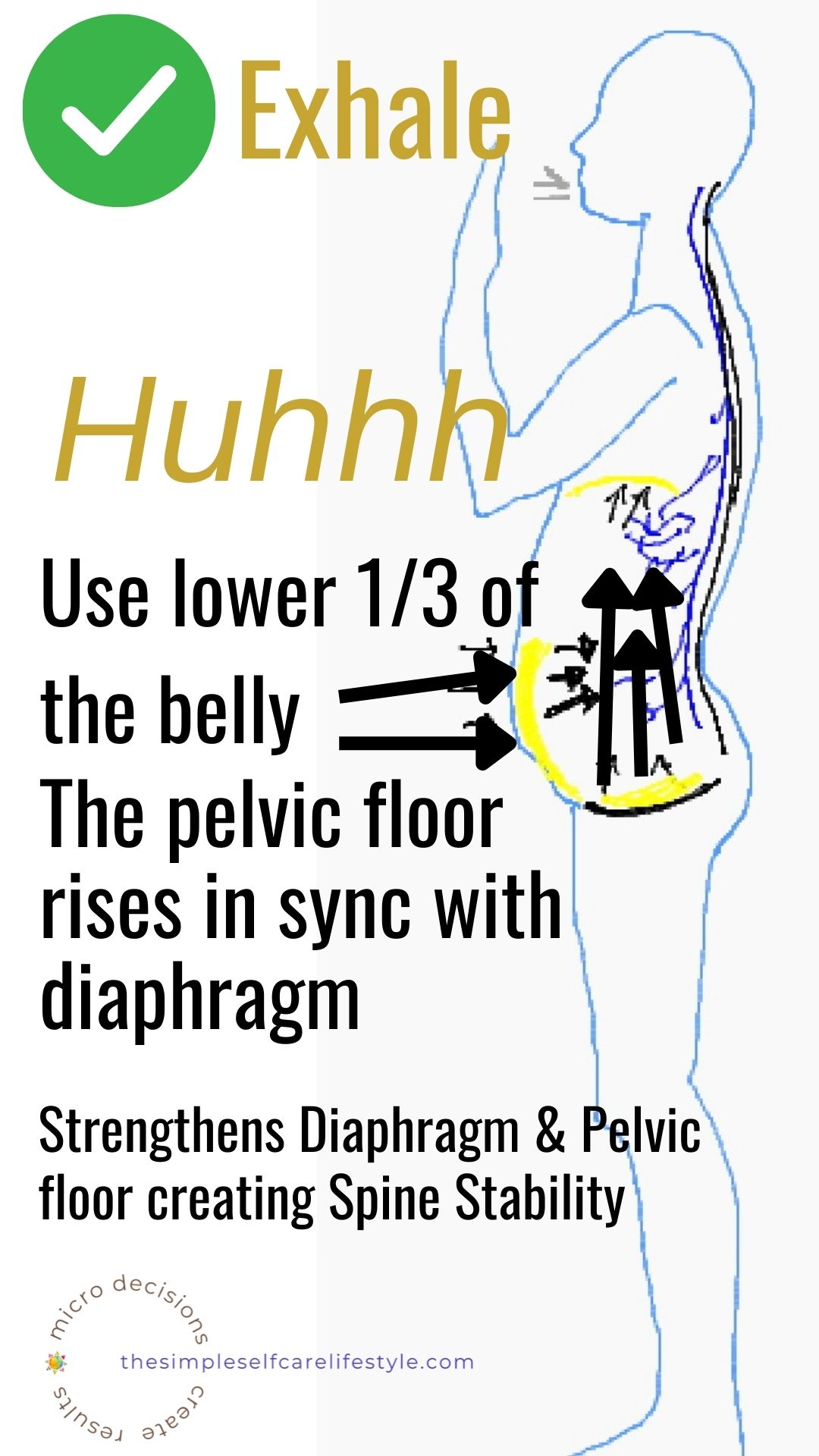
Exhale instructions:
Maintain an upright upper body posture.
Whether standing, sitting, or lying down, we want to use the lower third of our abdomen to PRESS the air in our abdominal cavity up and out through our open mouth.
The lower third of your AB muscles is the section from below your belly button down to your pelvic bone.
When you use the lower third of your abdominal muscles to exhale completely, your pelvic floor muscles will rise because they are meant to work together with your diaphragm.
The stronger the diaphragm, the more completely your lungs will empty. This is good for you in many ways. I’ll create a post on that later.
The sound of the air coming out of your open mouth is a huhhhhing sound.
When we exhale using the lower third of our abs:
- during exercise
- lifting something heavy
- even getting up and down from a chair
we are strengthening the diaphragm and the pelvic floor.
The strengthened diaphragm and pelvic floor provide spinal support.
A stable spine promotes good posture.
Good posture opens up the possibility of correcting a neck hump.
Let’s Find The Lower Third of Your ABS
The technique I’ve found the most useful in helping clients find the lower third of their abdomen is to imagine you’re trying to blow up a balloon.
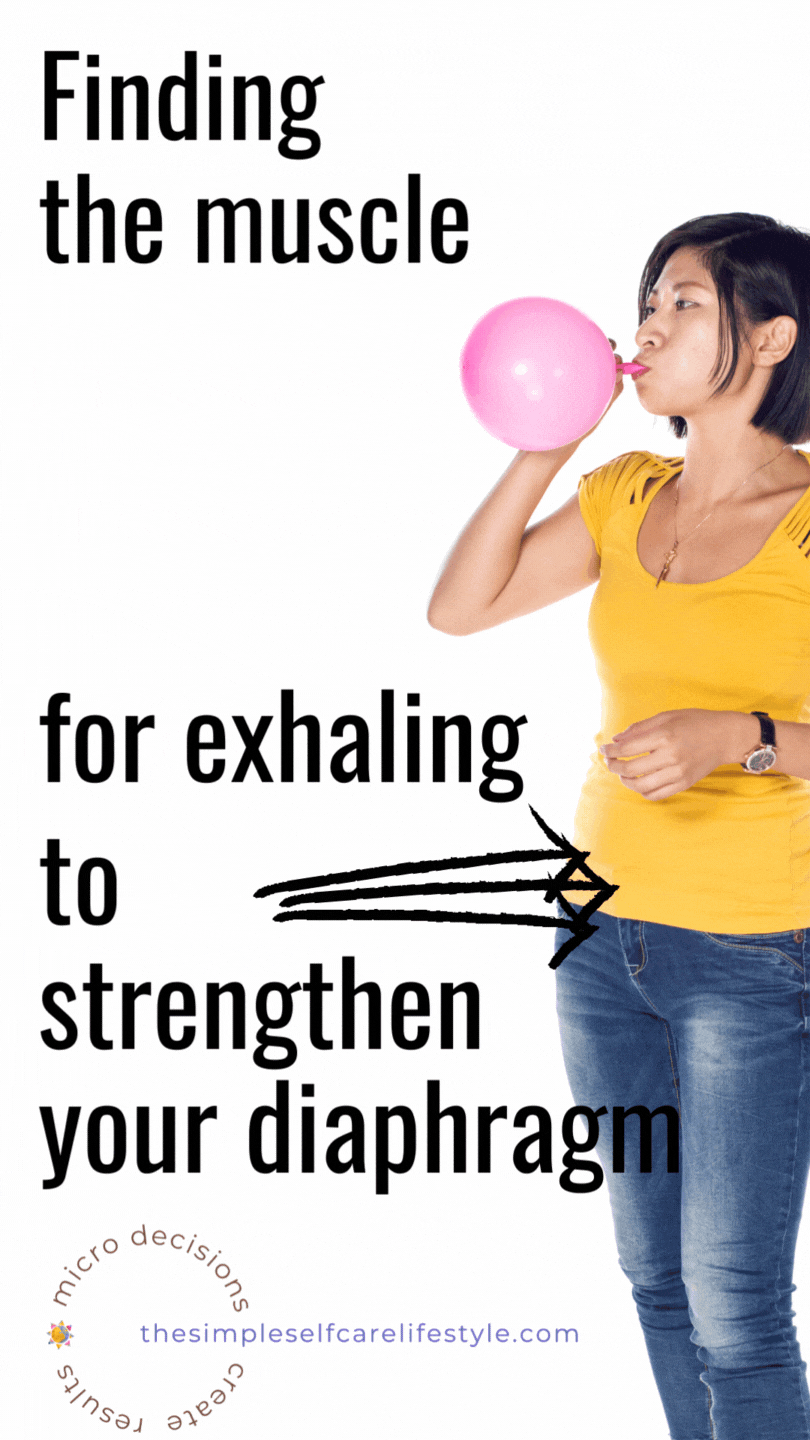
If you were blowing up a balloon, you probably can imagine you’d press the lower 1/3 of your abs to make the balloon go up.
We typically use our lower abs when blowing a balloon because we really won’t get far if we are just blowing some air from our lungs.
As you blow up a balloon, you typically inhale through your nose so you do not lose the air already in the balloon.
Then as we attempt to get more air into the balloon, we push from our lower belly.
That is the region of the muscle to use with each exhale. It is the lower 1/3 of your ABS.
When you press the air UPWARD in your abdominal cavity ( see E for E post to see how it all works)
The air presses on your diaphragm, which helps place upward pressure on your lungs.

This technique will train your diaphragm.
- Inhale through the nose.
- Mouth relaxed and slightly open so the air can come out.
- Press the Lower 1/3 of your ABs slowly and completely so the air in your abdominal cavity presses up and out of your open mouth.
That’s it! Simple but often not easy until you practice. Repeat, repeat, repeat.
If you haven’t blown up a balloon, think about how you would blow out a candle far away or blow a bubble using a bubble wand that is positioned farther away from you.
Each of these can help find the lower third of your ab.
Once you’ve found your lower ab muscle, practice it a few times right before beginning any exercise.
Over time this spine-stabilizing exhale action will become second nature
In the meantime, there are ample times throughout our day when we can strengthen our diaphragm by taking advantage of this exhale technique:
- when you pick up a child
- carry a laundry basket
- lifting groceries in and out of the cart or car
- getting in and out of the car yourself
- vacuuming
- moving from a seated to a standing position
- exercises
- standing up from a squatted position
- any time you lift something
Each time by simply using the lower third of your abs to press the air up and out, you will be strengthening your diaphragm.
The stronger your diaphragm, the better your posture.
The better your posture, the easier it is to use Focus 2 and 3 to Fix your Neck HUMP!
…studies concluded the effects of deep abdominal muscle strengthening exercises on respiratory function and lumbar stability. The finding is that core stabilization starts with the proper function and activation of the diaphragm.
The diaphragm…plays a role in respiration and trunk stability by controlling intra-abdominal pressure and reducing the stress on the spine through cooperative action with the abdomen and the pelvic floor muscles.

Our Focused Action:
The 1-2-3 of Training Fixing Your Neck Hump
1. Slow Measure Breathing: The 4-7-8 Technique
Link 🔗 4-7-8 Videos Sound Sleep Calm Days
A stronger diaphragm is the result of deeper respiration achieved by the 4-7-8-breathing technique. If you are just starting out, this is a GREAT place to start.
Even though it feels so SIMPLE, the results of 90 days of falling asleep using the 4-7-8 technique and the 1 min, 3 min CALM during the day videos do a good job training your diaphragm. Subscribers write sharing their pleasant surprise when they experience results like:
- better sleep
- improved mood
- headaches fade
- neck tension goes away
- a sense of calm even though their life is just as hectic
- continence improves
- reduction of aches and pains
- blood pressure lowers
For more details, you can read some of the results a few subscribers have shared.
2. E for E Breathing: The 2.5-Minute Chair Routine
Link 🔗 Posture Chair Routines Work up from 2 1/2 minutes to the Full 20-minute Routine.
This 2.5-minute routine trains your diaphragm muscle and simultaneously uses the Spine’s Deep Muscles (Focus 2 and 3 muscles– instructional video in Post 1).
The 2.5-minute diaphragm training and deep spinal muscle exercises will improve your neck hump PLUS
It’ll:
- Improve the spacing between the vertebrae so your nerves are not being pinched.
- Recalibrate your vagal tone (balancing your HPA Axis)
- Then your balanced HPA Axis will help balance your hormones.
- Balanced Hormones improve sleep, cravings, mood, and anxiety….
- Better sleep, mood, fewer cravings… increased energy, and interest to exercise.
- Motivation increases to layer on longer versions becomes exciting. There is a 5-minute, 15-minute, and 20-minute version.
- Then when you are ready. Are doing the 20-minute chair routine regularly for a month, you will be ready to take on the next Fix Your Neck Hump/Posture exercises. Another FREE Program I have for you: The 90 days 5 Simple Exercises.
The 5.5-min Neck Hump Routine: Adding Rhomboid
There is a 15 Min and a Full 20 minute Routine along with tracking sheets and access to the Head to Toe Form on the Video Topics Page.
It is all in the Video Topics Page for you!
Everything You Need is right here on The Simple Self Care Lifestyle. Use the VIDEO TOPICS page for quick and easy access to the videos by topic

3. 90 ☀️Days 🖐🏼5 Simple Exercises
Continued Support. Unwinding a Neck Hump next steps. The 90 Days 5 Simple Exercises Series. This one I STRONGLY suggest you have dripped to your inbox. It goes out weekly, enabling you to learn one thing at a time and Layer the advances in order. Come back to sign up for the series because it kicks in the day you fill out the link.
Sign up here when you are ready to start. Link 🔗 90 Days 5 Simple Exercises
The 90 Days 5 Simple Exercises Series will build on the foundation you create:
- toning your superficial muscles. (the ones everyone typically focuses on first, like abs, butt, thighs,…)
- Helping your neck hump fade further as your body rebalances.
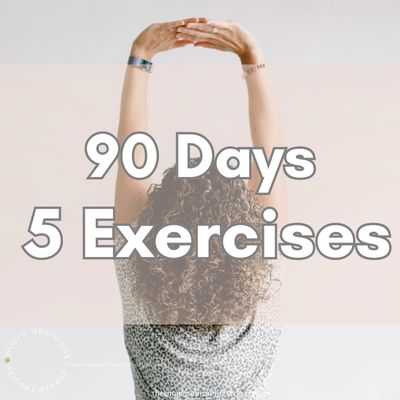
90 Days 5 Simple Exercises
I’m ready to start!
READY to slip the 2 1/2 Min Into Your Daily Routine!
Fixing your Neck Hump starts with laying down the foundation of strengthening your diaphragm muscle FIRST.
I’ve gone into detail, describing the extra benefits training your diaphragm muscle FIRST can provide you when you want to FIX your Neck Hump!
Give the 2.5-minute routine a go each day and see how you feel. I’ve added the video again at the bottom for easy repeat access AND I also placed it with the incrementally advancing routine here on the Video Topics Page: Category POSTURE ROUTINES SEATED.
Layering on Motivational Tools
-Consider trying out one of the 4-7-8 AM videos during the day.
-Maybe layer on an HPA Axis Sleep video each PM.
Tracking Your Progress is also Motivational.
Begin with the Head to Toe Form with downloadable measurement sheets. It prompts you to go head to toe, noting how your body feels today. You hit submit and it is instantaneously in your inbox (or at least within a few minutes). This makes tracking your progress easy.
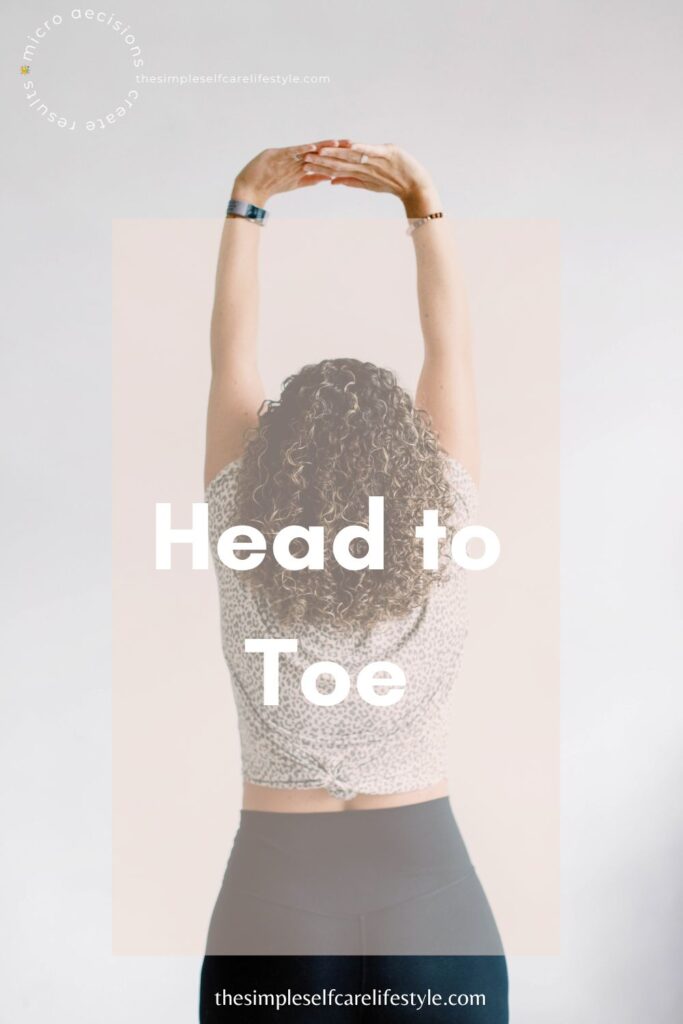
-Get on the list for the MOtivator APP. Another Free Tool for You – from me.
(Read about it here on the 🔗 Micro Decisions Page)

The Simple Self Care Lifestyle
MOtivator APP
– Grab a friend or 2 to join you. If they subscribe today, you will all be on the same page!
Get updates from
The Simple Self Care Lifestyle
Most of all, enjoy knowing that you have the step-by-step action steps to Fix Your Neck Hump here on The Simple Self Care Lifestyle!
I’m excited to hear from you as you experience the results strengthening your diaphragm provides! Be sure to share your progress HERE.


2 1/2 Minute Routine For You to Try Now…
(For Step-by-Step Instruction on Positioning and Exercises in this video, see: Dowager’s Hump post)

When we know how to leverage the way our body is set up to work, we can work with our bodies gaining results in the least amount of time.
Choosing the most effective, efficient exercises means we can fit self care into our busy lifestyles.
Videos for easy daily access can be found here from today’s new diaphragm training.
As always, you can email me here: [email protected]
Have results you’d like to share! HERE
Today’s References and resources are at the bottom of the page for you.
The Simple Self Care Lifestyle
THe simple self care lifestyle
Simplify
self care
Post categories
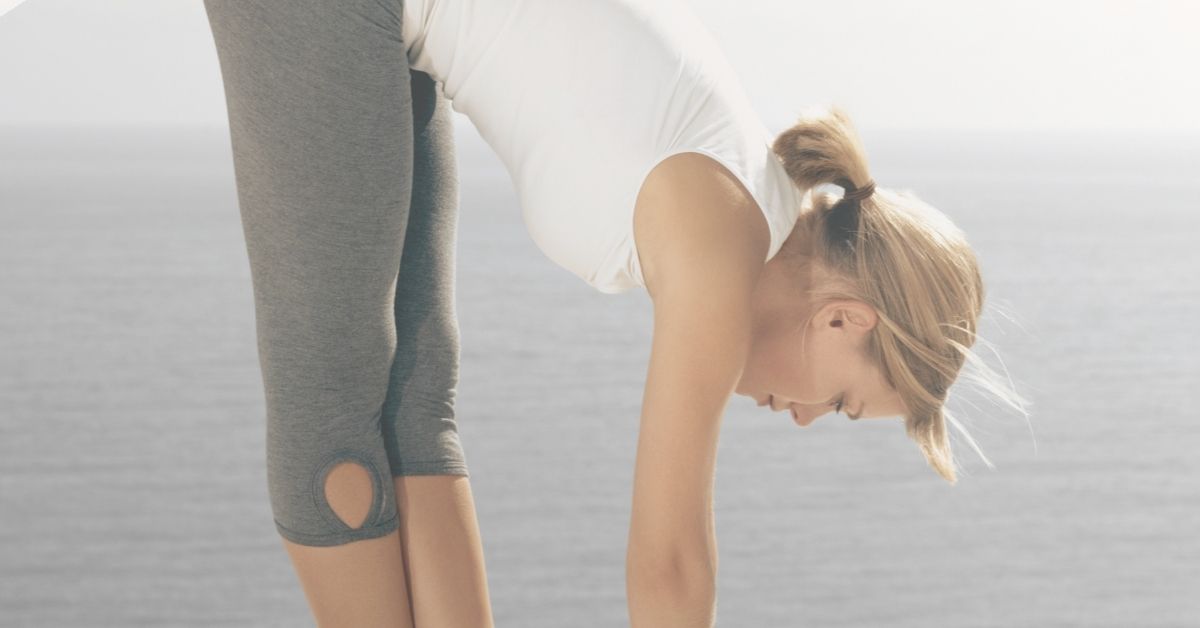
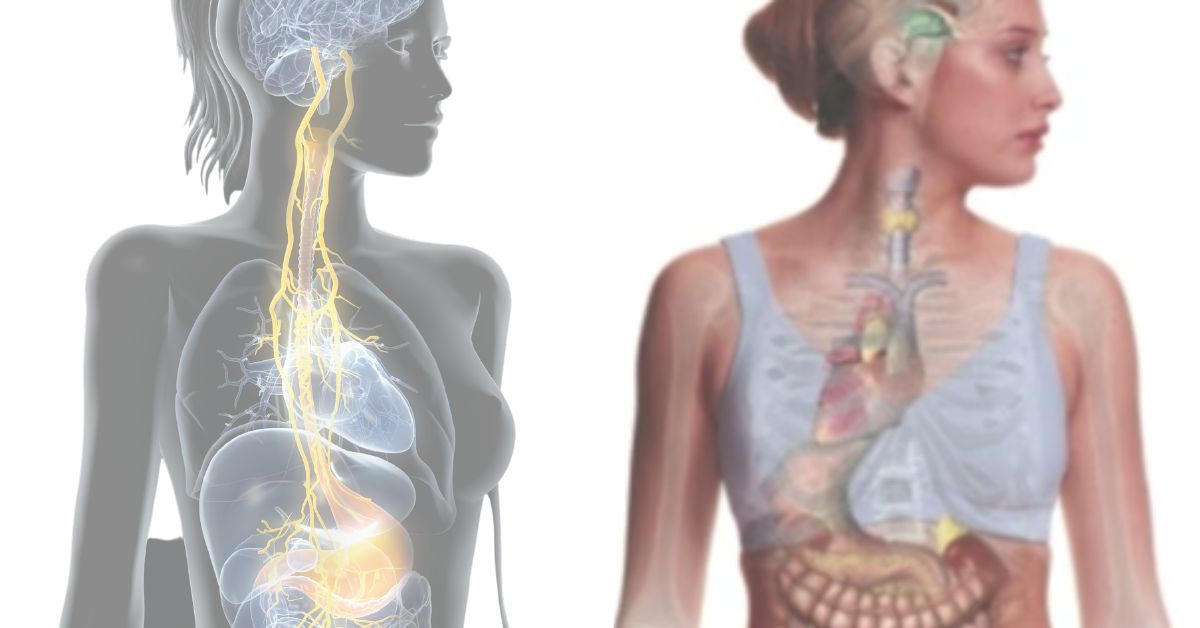
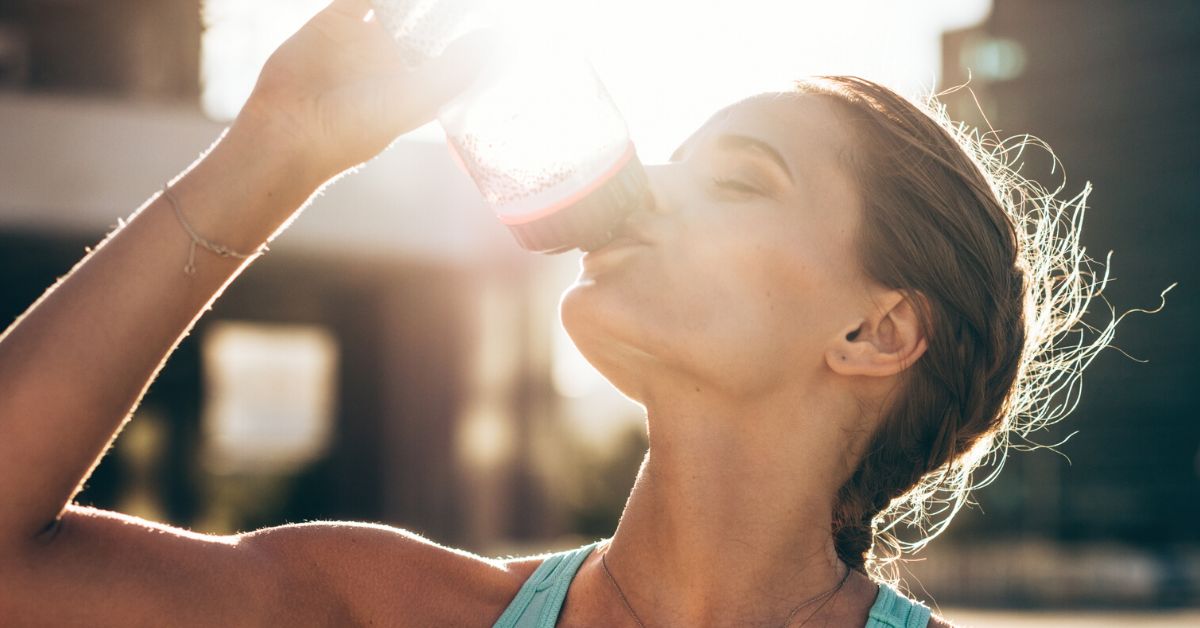



SHOP Products
Personal Products
Healthy Home
Quality Supplements
Things to Keep Handy
Quality Food Sources
Simple Self Care Programs
References & Resources for you
Additional linked resources for you for a deeper look into Neck Humps:
Additional linked resources for you for a deeper look into Neck Humps:
“Alteration of head and neck positions can have an immediate negative impact on respiratory function.”

